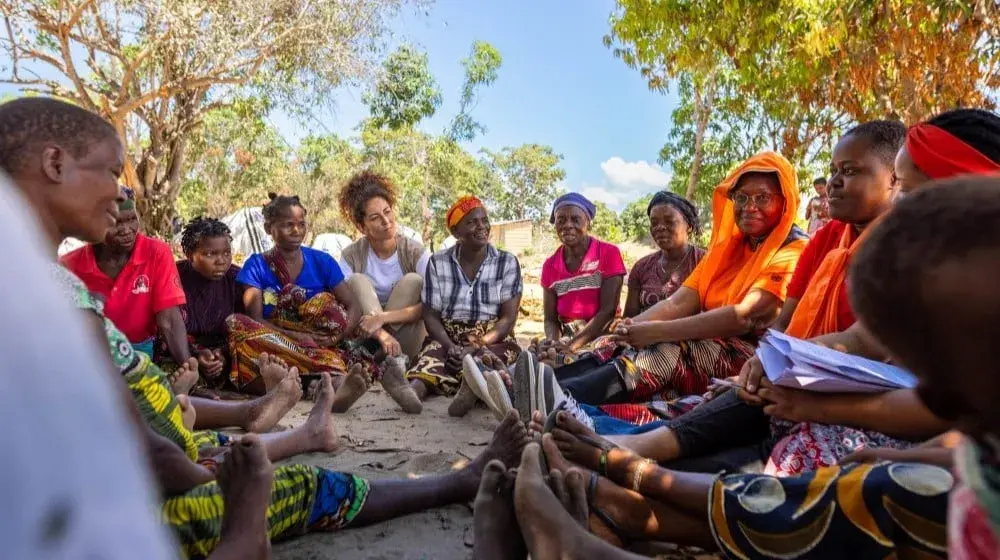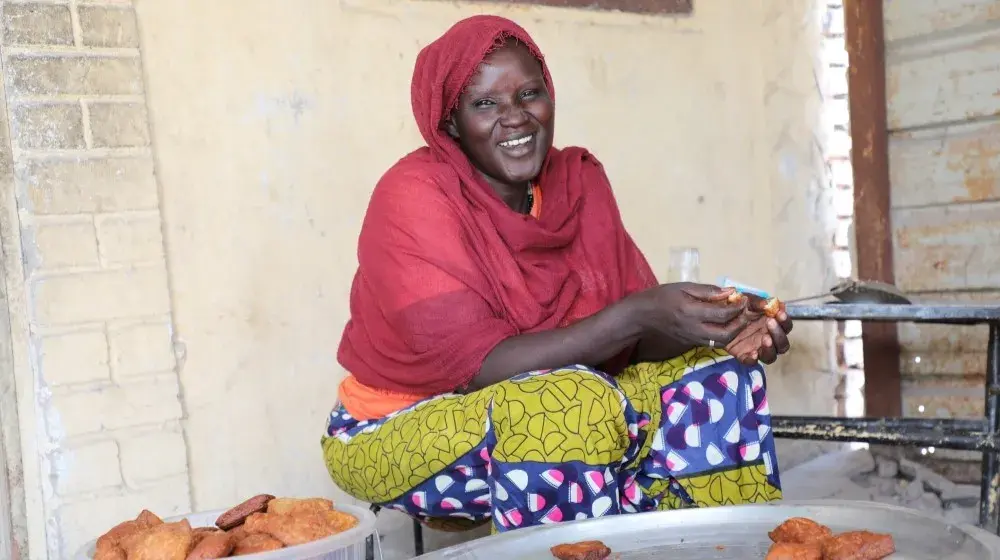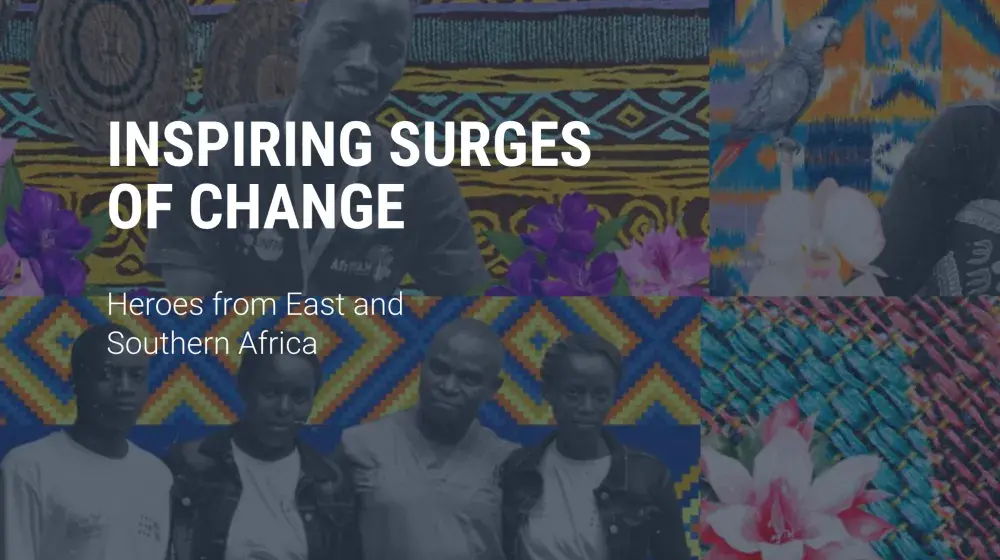3:00 pm: Pela, 22, heavily pregnant, arrives at the Marobory basic Health Centre, 50 km from Bekily as the crow flies. She is set to give birth at this level 2 basic health center. Throughout her pregnancy, she has been monitored by a midwife at the center. So far, she has had every reason to believe that the delivery of her baby would go well.
3.30 pm: The 4.5 kg baby boy is born and for the next 15 minutes, joy fills the health center, until Pela starts hemorrhaging.
3.45 pm: The clock starts ticking down to save Pela's life. The medical staff have, at most, two hours. It is at this very moment that the midwife realizes that the medication needed to stop the hemorrhage is out of stock at the center. There is a real risk that the mother would die.
3.50 pm: The midwife calls the district pharmacy (Phagedis) manager in Bekily to ask for an emergency stock to save Pela's life. It would take at least a day's drive to deliver the medication to Marobory. The only alternative is to deliver it by drone. Except that the drone port closes at 3pm. The pilots and technicians have already gone home. A phone call from the Phagedis manager to the pilot and the technicians is enough to get the team ready to respond to the emergency.
4.10pm: The medical supplies are loaded onto the drone and ready to be delivered to the Marobory basic Health Centre
16:30: The long-awaited supplies arrive at the center. Almost unconscious, Pela is injected with tranexamic acid to stop her hemorrhage. The next day, she is able to take her baby home with her.
Pela's story shows the benefits of adopting innovative approaches to overcome life-saving challenges, especially in places as remote as Bekily and Marobory in the South of Madagascar. The story would have been tragic had the drone delivery not taken place. ‘We're proud to be making a real contribution to saving women's lives. Especially in these places where access to healthcare is really difficult, we know and see with our own eyes why we are there,’ Tolotra, one of UNFPA's drone pilots says.
A step towards product availability down to the last mile.
297 deliveries and over 300 kg of products were delivered to 41 hard-to-reach basic health centers in the Grand Sud of Madagascar. Generally, medical supplies are delivered by road (by car or motorbike), by boat or carried on one’s back. It takes an average of 3 days to a week to reach the basic health centers. With drones, the delivery time is reduced to just a few minutes. This has been made possible thanks to a partnership between UNFPA Madagascar, the Japanese people and the Ministry of Public Health.
Some key elements have to be considered for the drones delivery to be effective: Improve accessibility of products to health facilities by ensuring that GPS coordinates of targeted health facilities are correct, Strengthen communication and coordination between project stakeholders by setting up an effective communication system. Basic health centers managers will also be encouraged to provide regular feedback on product receipt. Improve and adapt package and packaging to prevent damage during drop-off and implement secure procedures to reduce risks.
Investment in innovation is no longer an option, and drones are proven to save lives. In addition to the availability of products to be transported, facilitating regulations for the use of delivery drones must be a priority to take advantage of these technological innovations. This is everybody's business.
“It takes a whole orchestra to play music.”
We call on governments, international organizations and the private sector to play their part in ensuring that Pela is not the only woman to benefit from access to healthcare. Let these exceptions become standard norms. New technologies can revolutionize access to healthcare for millions of people in the most isolated and hard-to-reach regions. Their effective and urgent integration into healthcare systems can help reduce preventable maternal deaths and increase the number of people able to use family planning methods of their choice.





